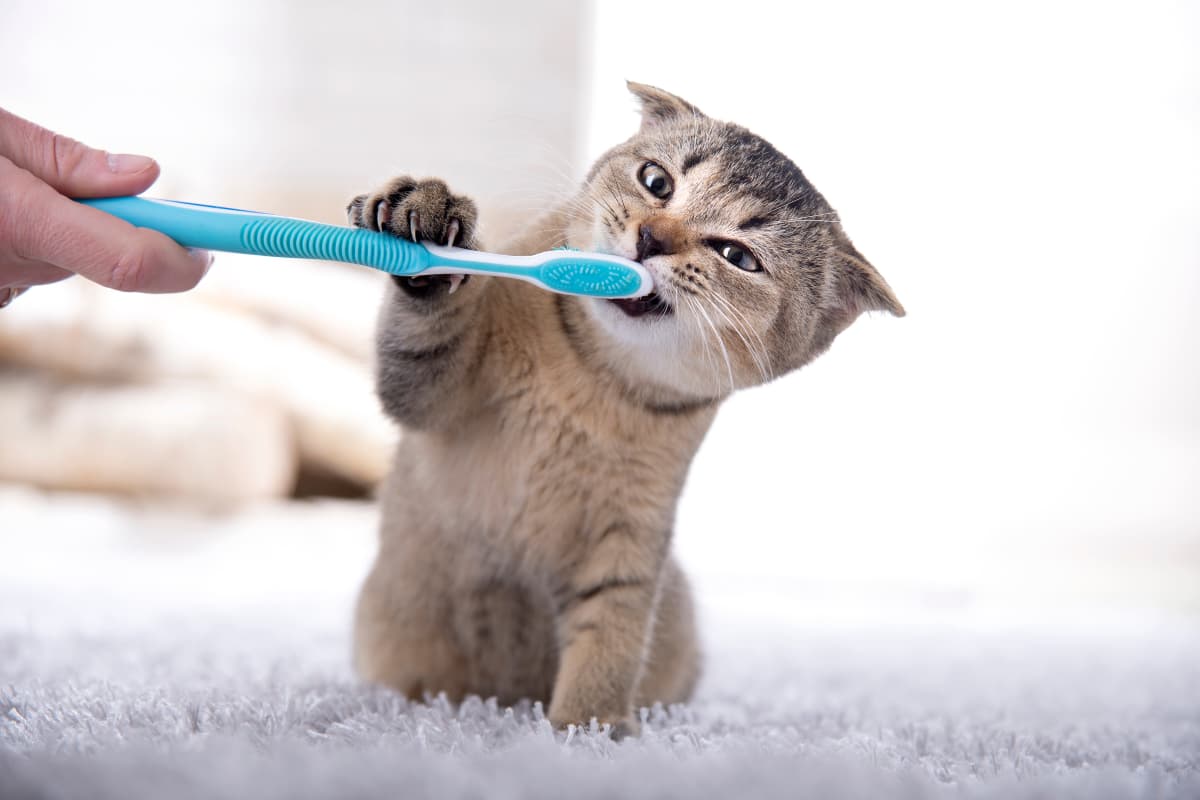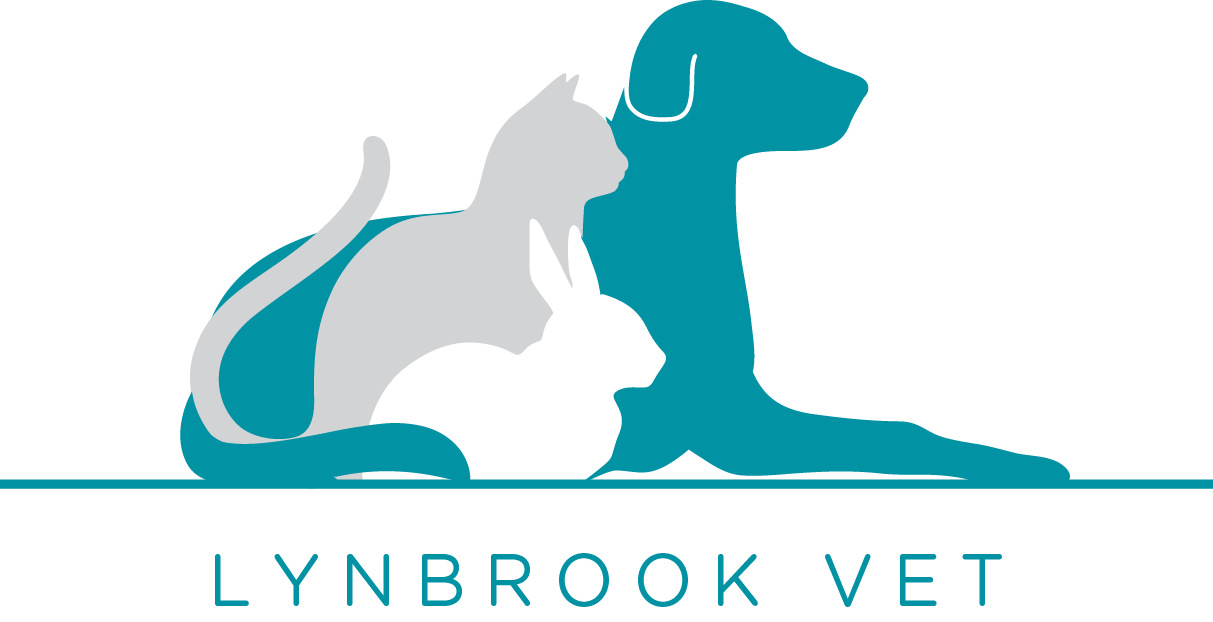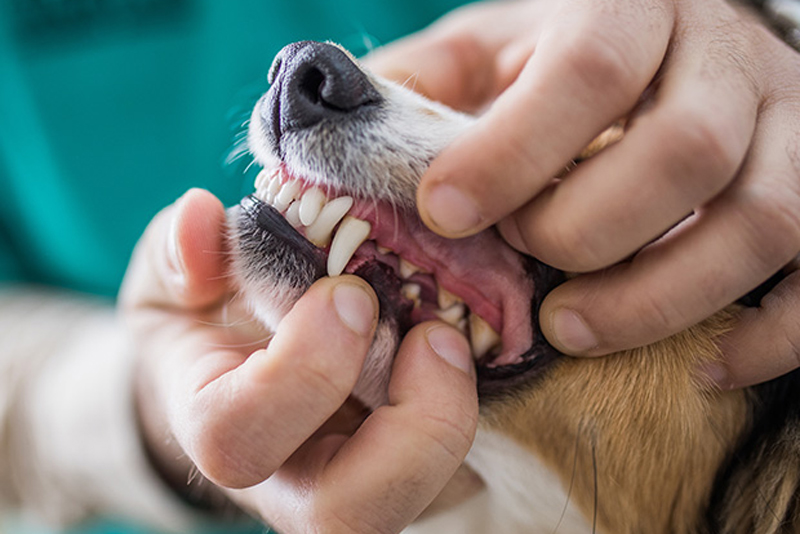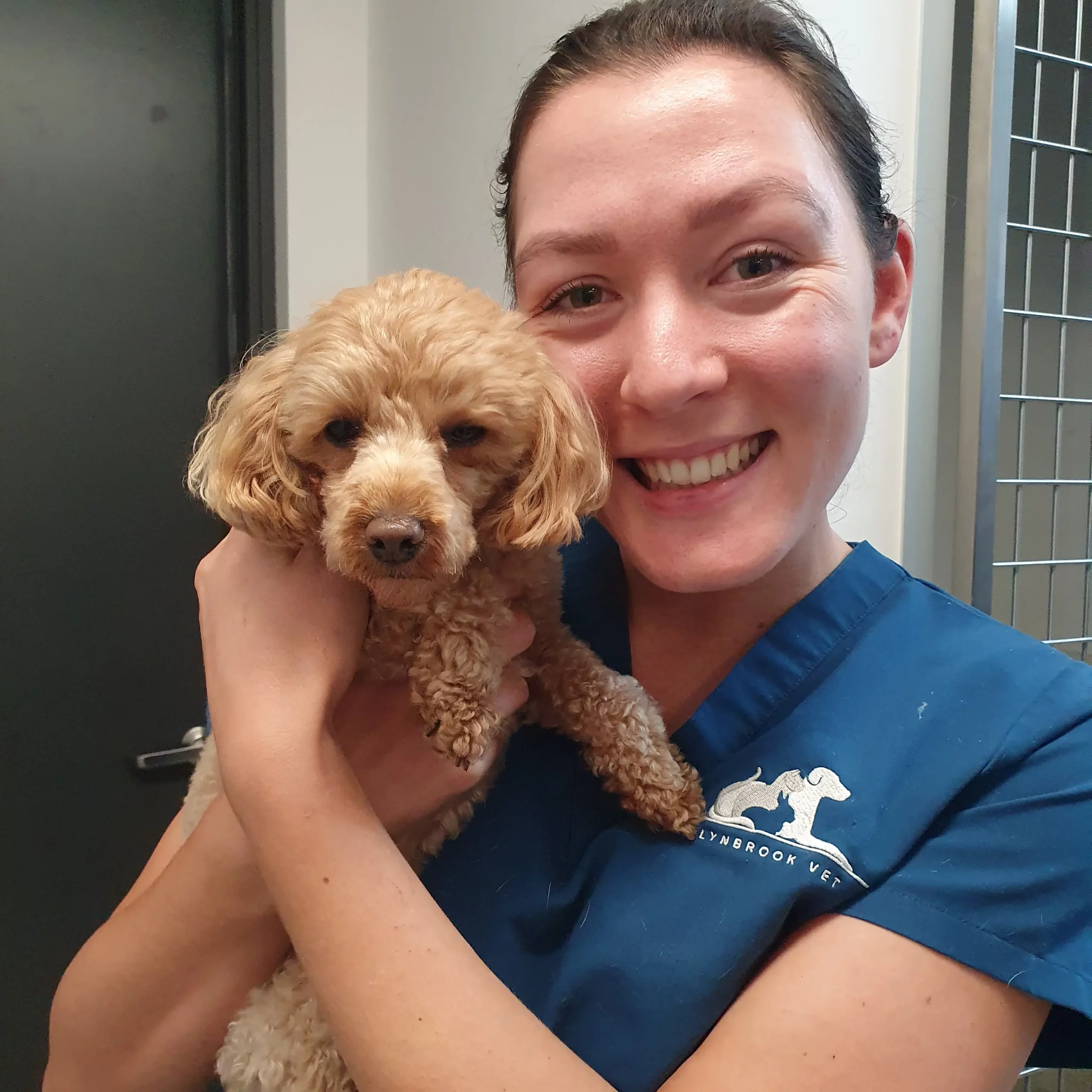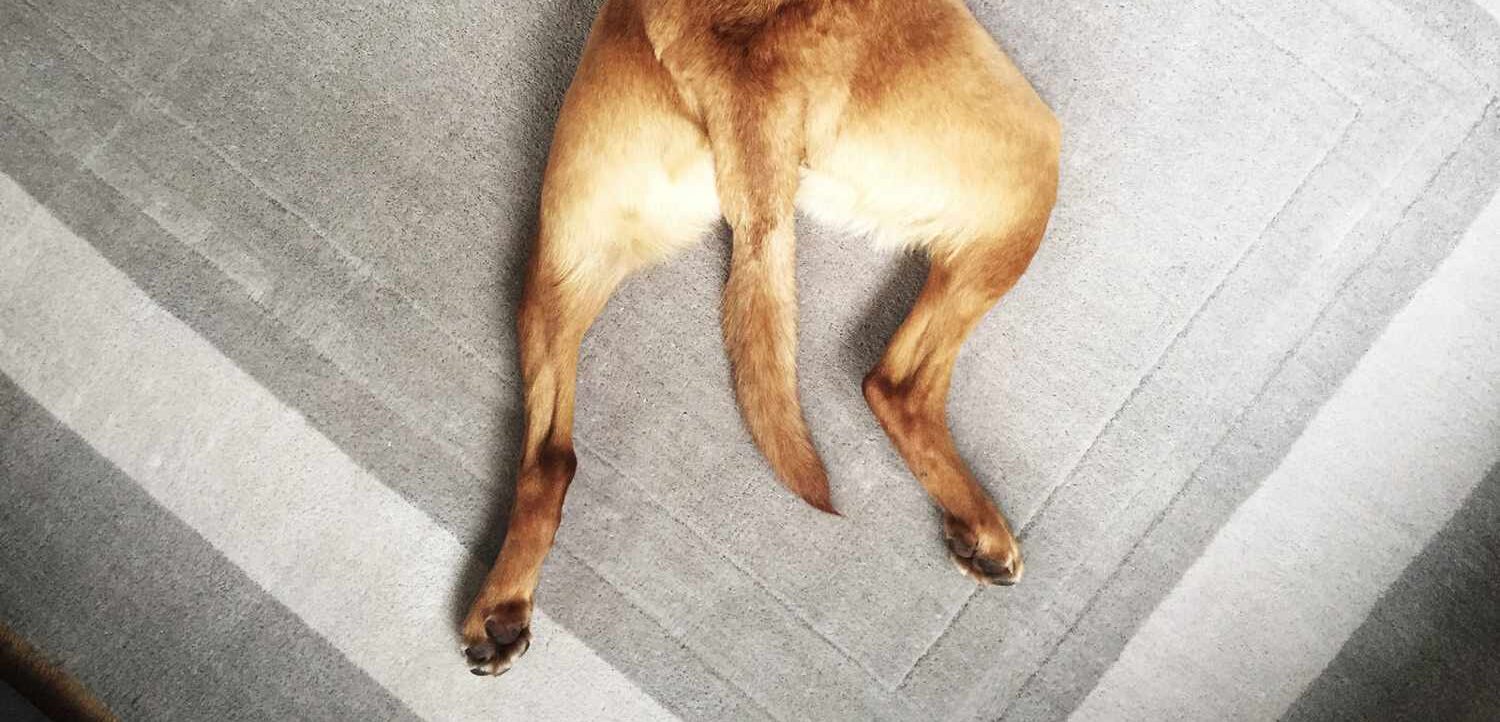Did you know 80% of dogs over the age of three have active dental disease? In fact, dental disease is one of the most common medical conditions seen by veterinarians.
Just like us, our pets have one set of teeth to last their lifetime, and as such, they also require some TLTC (tender loving teeth care)!
As our pets mature the level of tartar (calcified bacteria) and gingivitis (gum disease) increases. But, there are some precautions owners can implement such as:
- daily brushing and
- providing dental treats to help delay the rate of dental disease
But often, just like us, our pets may require a professional clean which could include one or multiple dental scale and polish procedures throughout their life. This will protect the longevity of their teeth, but sometimes, oral health requires the extra attention of a staged dental procedure.
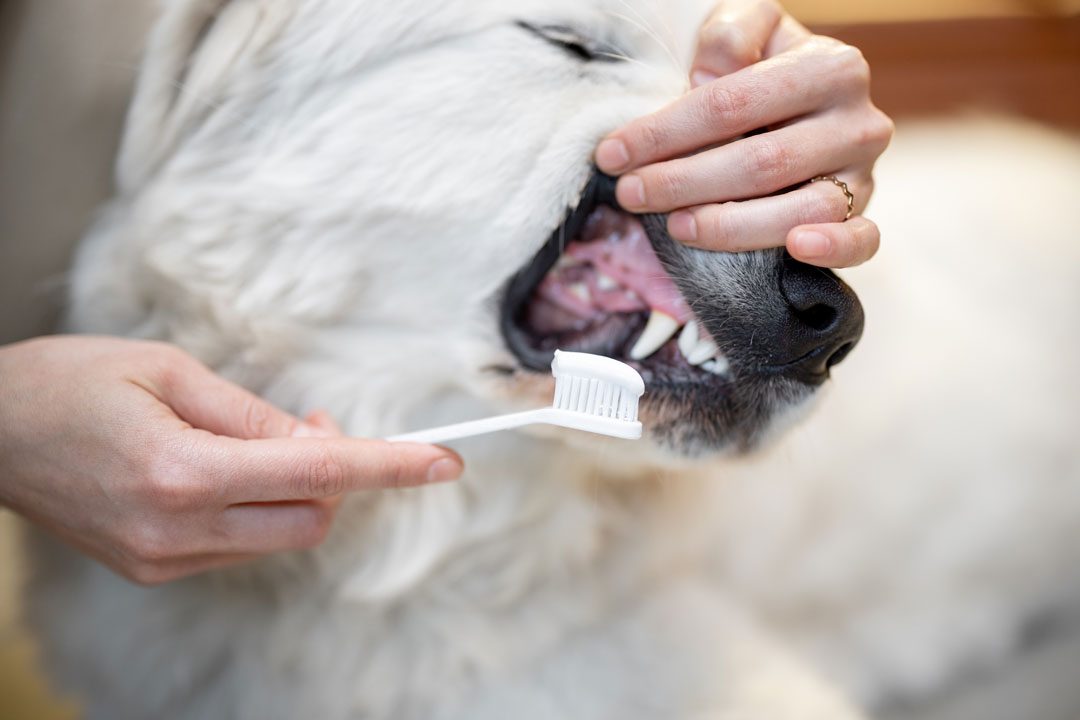
So what is a staged dental?
A ‘staged dental’ is a dental procedure that is split into 2 stages.
In stage 1 we anesthetise your pet and perform a thorough oral examination by performing full mouth dental x-rays to provide a clear picture of which teeth are healthy and those that need attention or possible removal. This is followed by a scale and polish of your pets’ teeth to remove tartar build.
Why are dental x-rays so important?
Dogs have 42 teeth and cats have 30 teeth. On average we take 8 to 15 x-ray images in order to effectively access oral condition.
X-rays will allow us to discover things the naked eye just cannot. For example:
- An extra root or an abscess that has extended to an adjacent/normal looking tooth.
- Unerupted or impacted teeth, which can lead to a bone cyst.
- Teeth that must be extracted need to be evaluated for root fractures or root ankylosis (fusion to the bone). Also, post-extraction x-rays can be done to ensure all parts of the tooth have been removed, especially in cases of tooth fractures.
- Cats are prone to “cavities” or what we refer to as resorptive lesions. Some lesions are located under the gums and are only visible on x-rays. Treatment is based on the evaluation of root structure, where intact roots must be extracted, while resorbing roots can be retained.
- Oral growths (cyst, infection or tumor) require x-ray assessment for treatment or biopsy.
It can be helpful to think of a tooth a little like an iceberg.
On the surface, they may look healthy and pristine, but you can’t see what’s going on under the gumline. It’s only when we look at dental x-rays that we can diagnose an existing dental disease located under the gumline.
Take a look at this dental x-ray – The blue line indicates the gumline.

Anything above the blue line is visible to the naked eye but anything below it is a mystery without technological assistance. The red circle on this x-ray shows a tooth fracture and the pink circle shows a pocket between teeth which can lead to food and bacteria becoming trapped and further tooth decay and gum disease ocuring. These are only visible by x-ray.
If this pet didn’t have a dental x-ray, we may never have known the reason behind the animal’s discomfort. In cases like these, preventatives such as brushing teeth could in fact be painful and likely unsuccessful as the pocketing can result in this area attracting food build up and greater levels of bacteria, leading to further dental disease and discomfort. Damage like this, along with further bacterial build up, could lead to infection, pain and many other health complications if not treated properly.
So now that we know why dental x-rays are so important, what’s next?
Well, after stage 1 is complete, we discuss our findings by showing you your pet’s dental x-rays and images of their teeth followed by out recommendations at your pet’s discharge appointment.
Best case scenario is a pet with healthy teeth!
- Our scale and polish was a success, and no further treatment (apart from preventative care at home) is required.
The other scenario is that we found teeth that require extraction, which takes us to stage 2.
- Stage 2 involves extraction of teeth.
- Since performing a full oral exam, we now we know exactly which teeth need extracting and how long that may take us.
- We can provide you with an accurate cost for the second stage which will be done about 2-4 weeks later to give your pet’s mouth some time to recover.
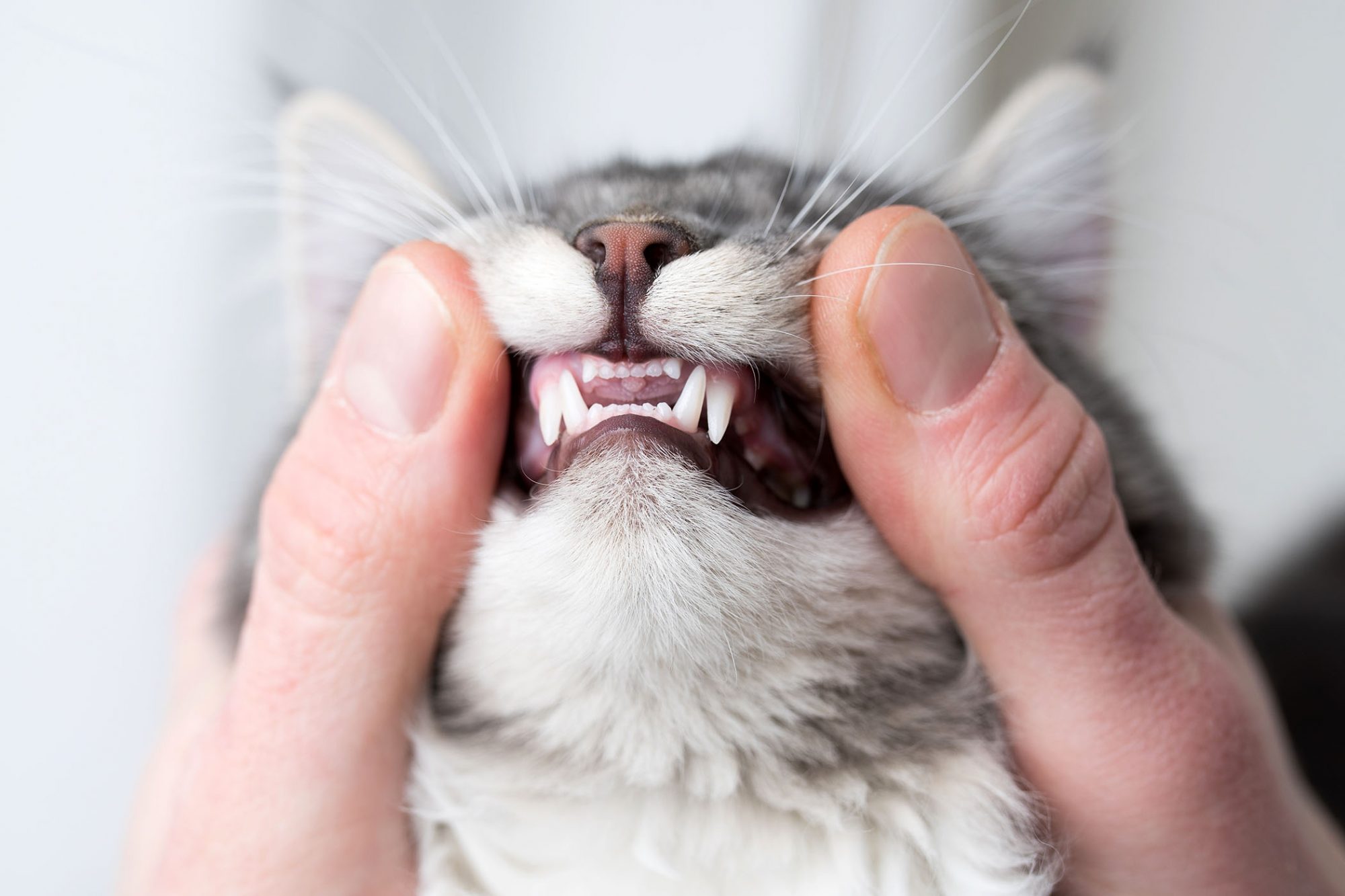
Why can’t all the dental work for my dog or cat be done in 1 go?
One word…safety.
For years vets have been doing dental procedures in one appointment, leaving pets under anaesthetic for long periods at a time and owners unsure of what costs to expect at discharge.
Did you know it is more dangerous for a pet to have one long anaesthetic compared to multiple short anaesthetics?
The reason for this is whilst an animal is under anaesthetic, they undergo a few physiological changes which can include a drop in body temperature, a drop in blood pressure and changes in cardiac rhythm.
In short, by breaking up the two procedures there is less strain on the body, so your beloved pet is safer.
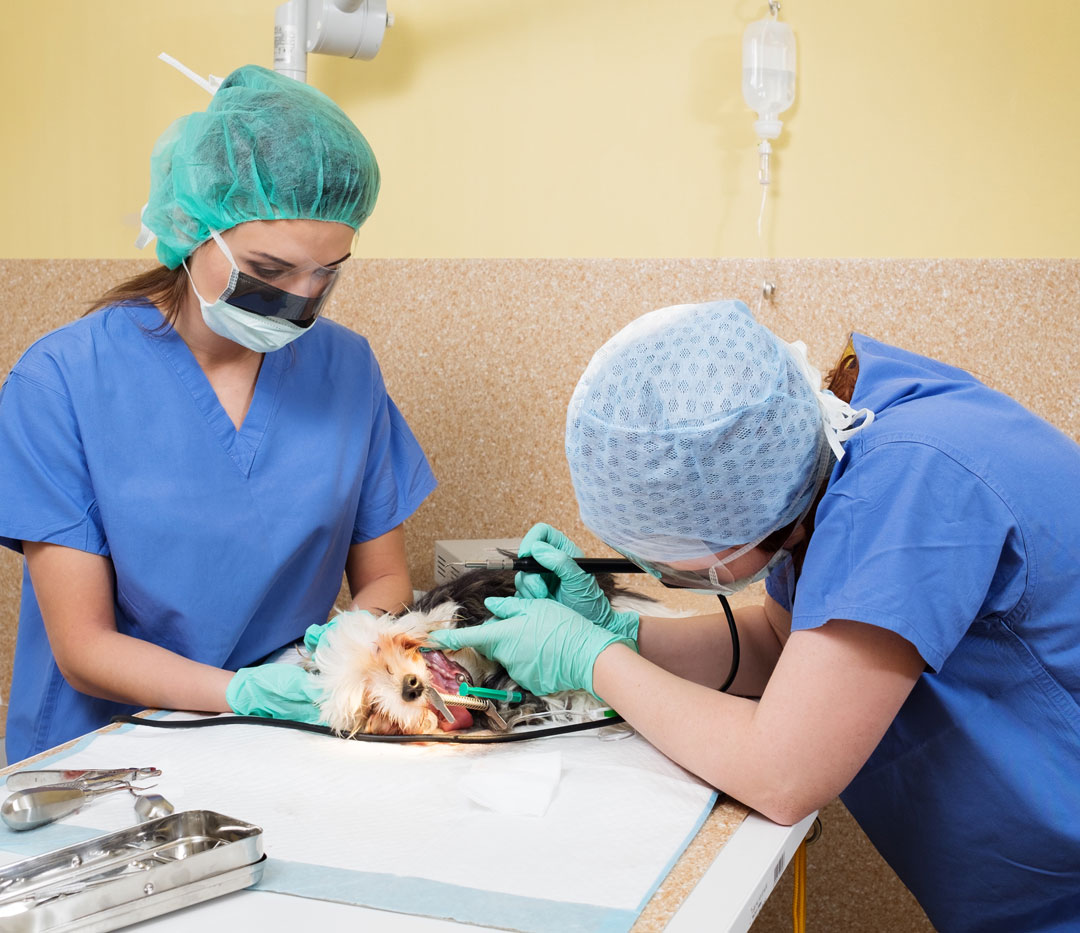
It’s particularly important for older patients, whose dental health often gets forgotten about in fear of them going under anaesthetic.
Anaesthetics these days are much safer and our methods of preparation more detailed including pre-anaesthetic blood testing and physical exams. Not to mention the fact that we’re equipped with extensive monitoring equipment from a pulse oximeter, blood pressure machine, thermometers, active heating and a dedicated anaesthetic nurse to monitor the animal from the time of induction through to when they’re sitting up back in bed!
Two anaesthetics, must mean more dollars, right? … Wrong!
The cost of stage 2 (if required) is very much determined on the findings of the first stage.
As we are reducing the overall surgery time, not only does this make the procedure much safer, but can also result in a lower overall cost. It also means we are breaking up the costs, which may help spread the cost out.
I’ve never worried about dentals for my previous pets, why should I prioritise this now?
Just like us, when oral hygiene is neglected, the end result can lead to cosmetic issues such as broken and chipped teeth (which for a dog can be painful and affect their ability to eat), as well as physical health concerns such as bad breath and irreversible organ damage from swallowing all the harmful bacteria that penetrates the gumline and enters the bloodstream spreading to the kidneys, liver and/or heart.
With the evolution of veterinary medicine, huge advancements have been seen over the last decade or so, particularly when it comes to pet dentistry. The tools used for performing dental procedures (dental x-rays, local pain blocks and superior scale and polishing equipment) are just like what your human dentist uses!
The veterinary community now understands the impact of dental disease and the importance of early intervention, to provide the best standard of care to every patient.
Here at Lynbrook Vet, we see dental disease as a high priority issue that we can fix! So let us, help your pet and allow them to live a longer, healthier and happier life, dental disease free!
